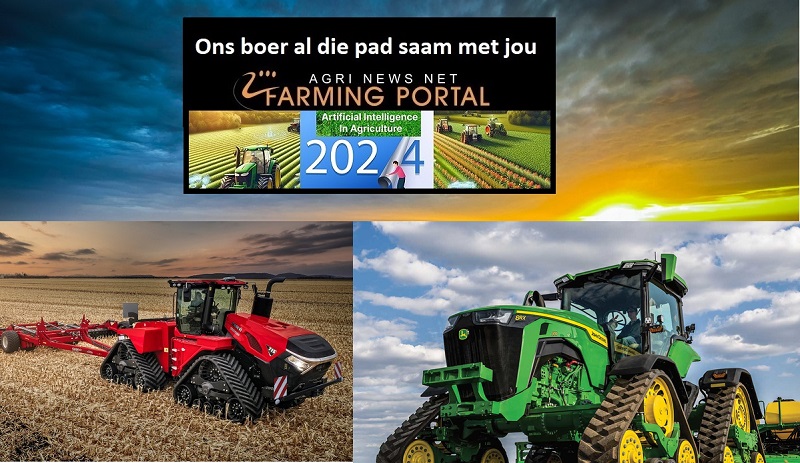1860: Revolution 1 was driven by steam and gave rise to the first steam-powered tractors.
1918: Revolution 2 saw mass production lines driven by electrical power and gave rise to the John Deere Waterloo Boy and Ford tractors running on kerosine, and diesel by 1927.
1990’s to late 2000s: Revolution 3 sees the dawning of automated production using electronics, programmable logic, and robotics.
Currently: Revolution 4 with automated machines with the ability to make smart decisions, are capable of learning, and are fuelled by big data and diesel (soon to be clean or electric alternatives).
 21 autonomous tractor projects around the world
21 autonomous tractor projects around the world
When thinking about the potential impact of automation on agriculture, it is important to consider the following story. Going from steam power to diesel power took farmers 67 years, from the first diesel-powered tractor to the first tractor that had GPS fitted and could drive by itself in a straight line took an additional 70 years (1997 John Deere Auto Track trials). Going from the first tractor that could drive by itself in a straight pre-determined line to a tractor that can be controlled by a smartphone took only 22 years. Farmers are living in the 4th industrial revolution where automated machines in factories are building automated farming equipment.
The costs associated with adopting new expensive technologies are often a barrier to entry for sub-sectors in agriculture. Horticulture as a high investment value crop has inspired technologists to probe automation processes as a potential solution for growers to increase productivity and yields, add traceability, improve precision farming practices, lower costs and cater for diminishing skilled labour supply that’s being faced by European and American farmers.
The following high level farming practices are highlighted, automation developments paused at and briefly explained:
Nearly fully automated horticulture farming is now an option when looking at the technology outlined above. These technological innovations are mostly being driven by foreign countries with the USA emerging as market leader in the agri-technovation landscape due to large commercial farming activity in the California region.
There are however a few limitations to the current technologies:
- High costs due to foreign production of machines and associated currency risks.
- The speed at which some of these automated machines currently operate in field conditions, with the fastest of the abovementioned being able to cover 6ha/ hour (Green Atlas) and other machines only being able to run functional trails on a limited number of trees (PennState).
- New technology adoption and associated growing pains.
- Brand reliability, the bulk of the companies creating disruption in the agri-automation landscape are start-ups that are relatively new names to the sector and are yet to prove their reliability and viability as standalone businesses.
- Resistance to automation from a labour perspective, given the African oversupply of labour.
(This will be unpacked in more detail during part 2 of this 3-part series)
Limitations like the ones mentioned above, however, create opportunities for entrepreneurs to solve. Some of these progress efforts are listed below:
- Robotics as Agricultural Services (RAAS) models to lower the costs of technology adoption.
- High tech start-up emergence rates, that encourage a competitive landscape of innovative solutions. Bringing more development efforts to solve the challenge of automation.
- Smart consumers with a willingness to adapt to new technologies.
- Reliable agricultural industry brands showing an interest in these technologies and through strategic acquisitions are aligning their current service offerings with those of the disruptors.
In conclusion, it can be seen from the aforementioned that the 4th industrial revolution is no longer merely a buzzword. It has become our current reality. Farms can function as automated units through smart technology and robotics, where single farmers can operate large quantities of land with limited labour intervention, and the “One Man Farm” concept of the past is now an achievable reality.
Westley Ferguson
















